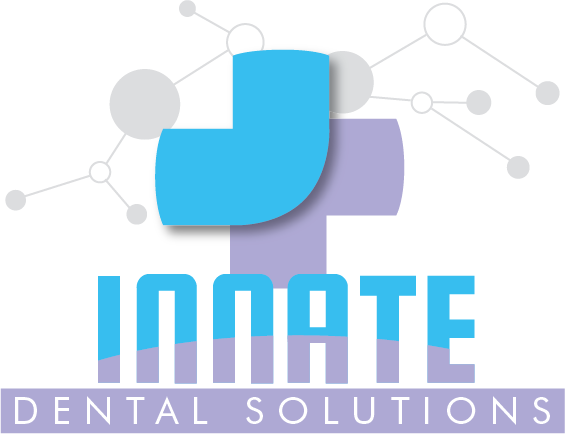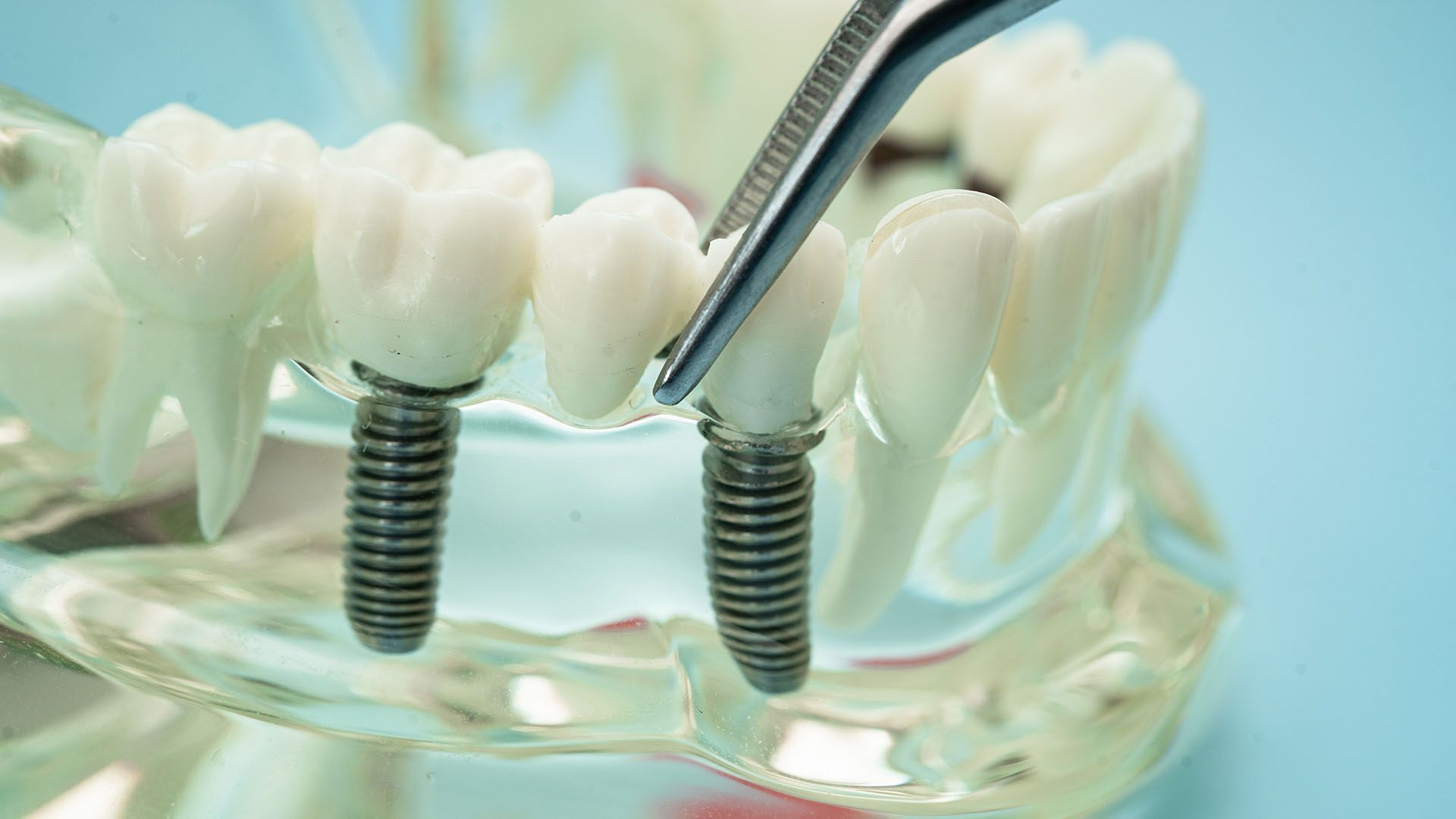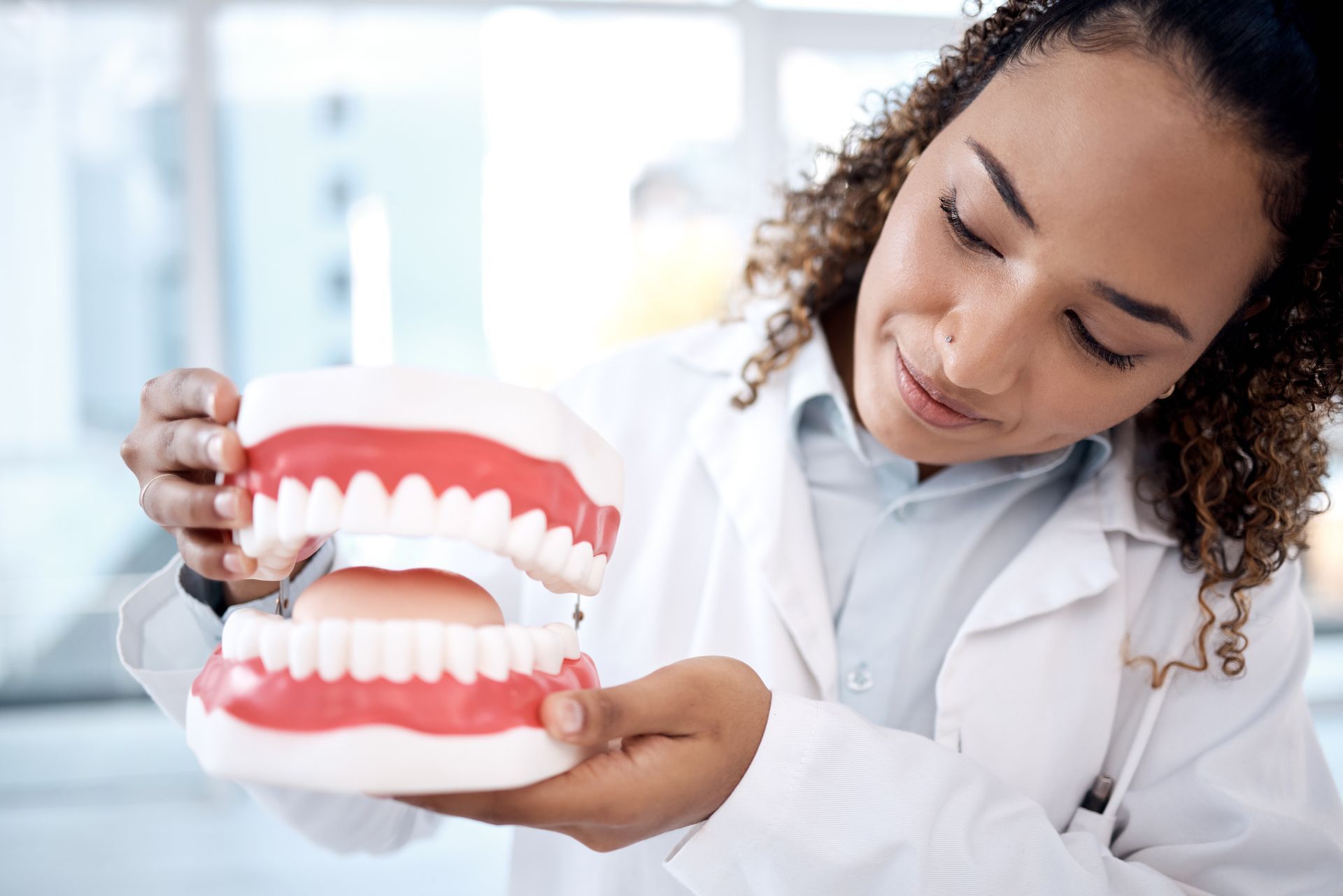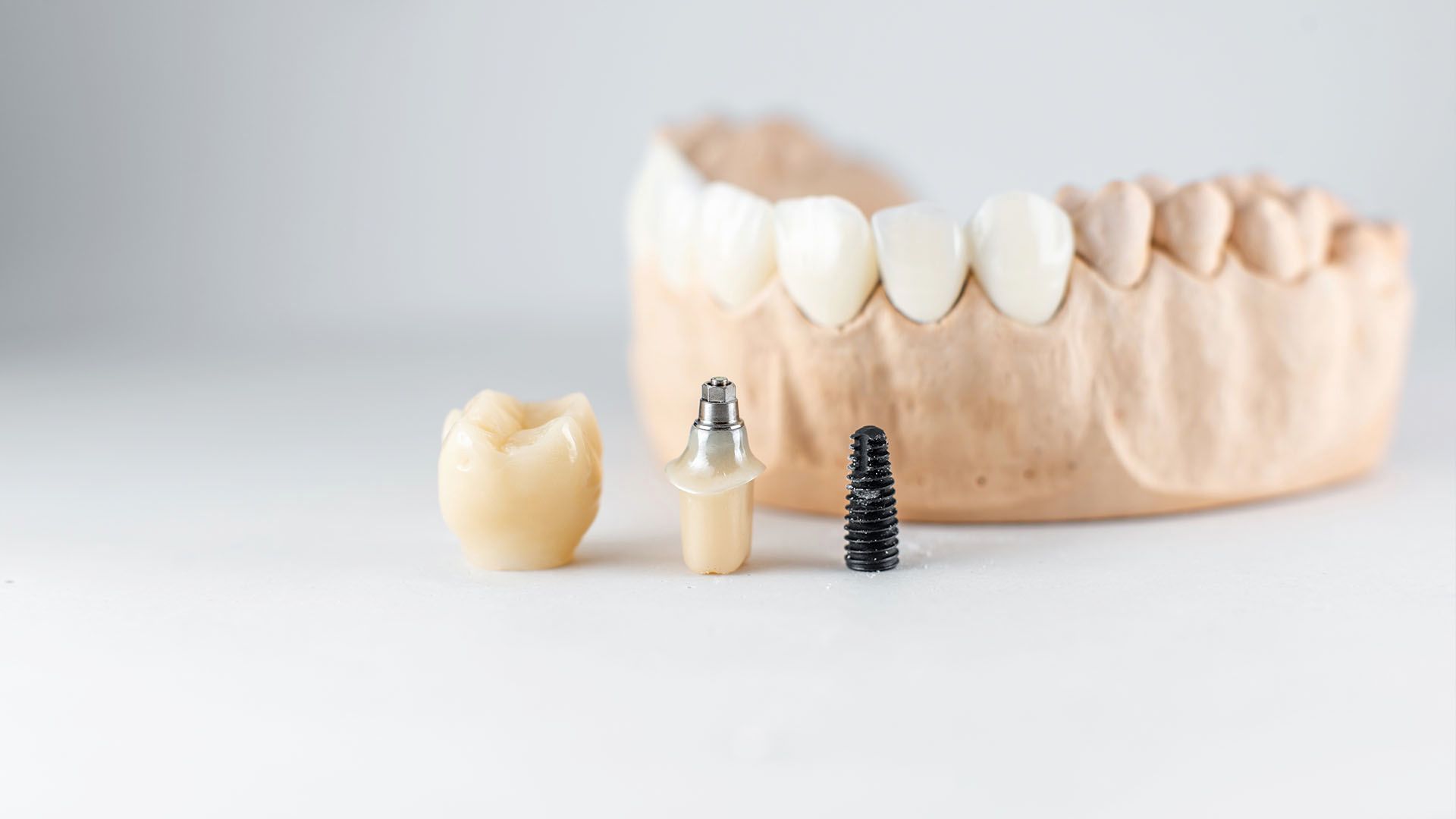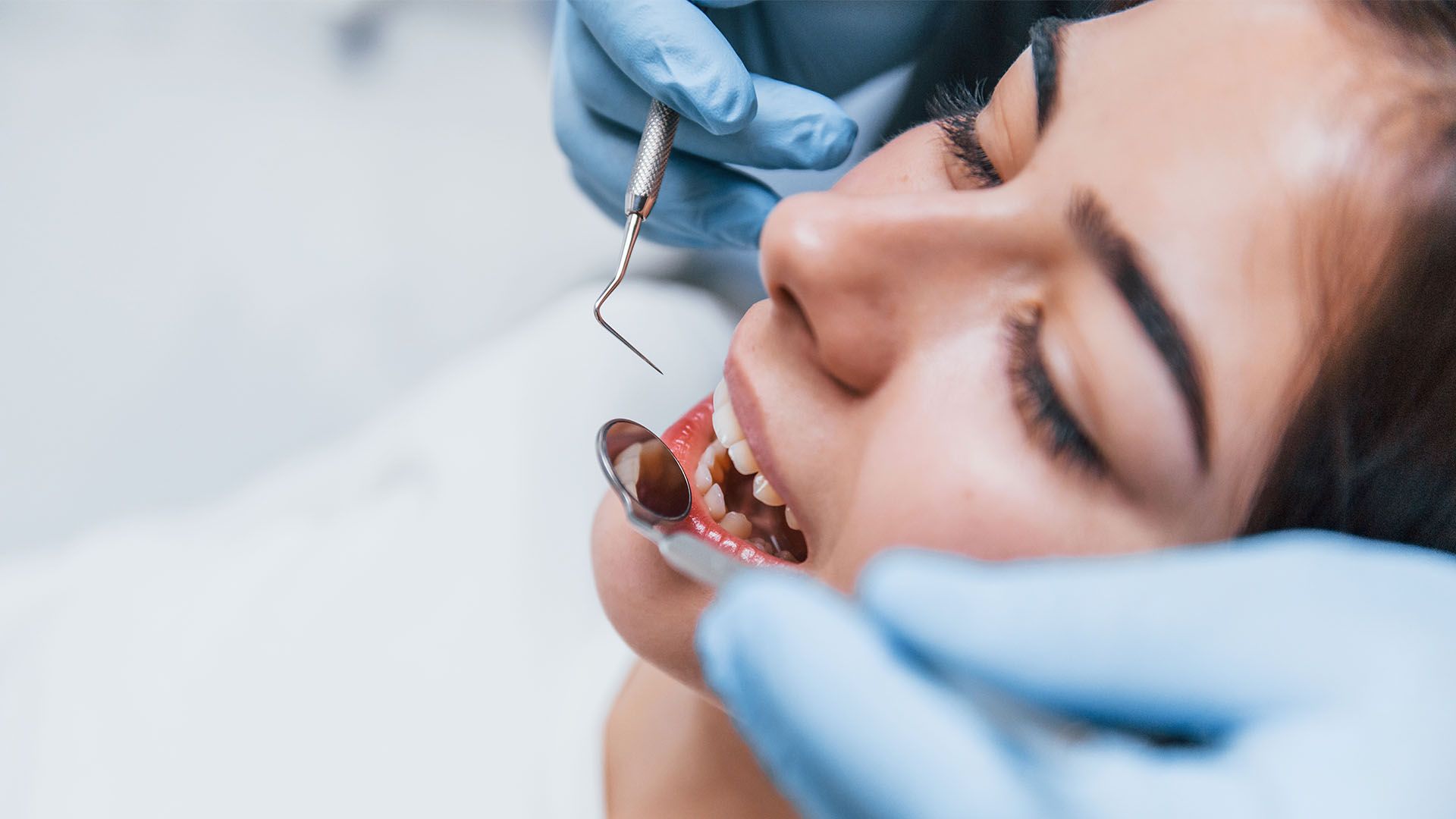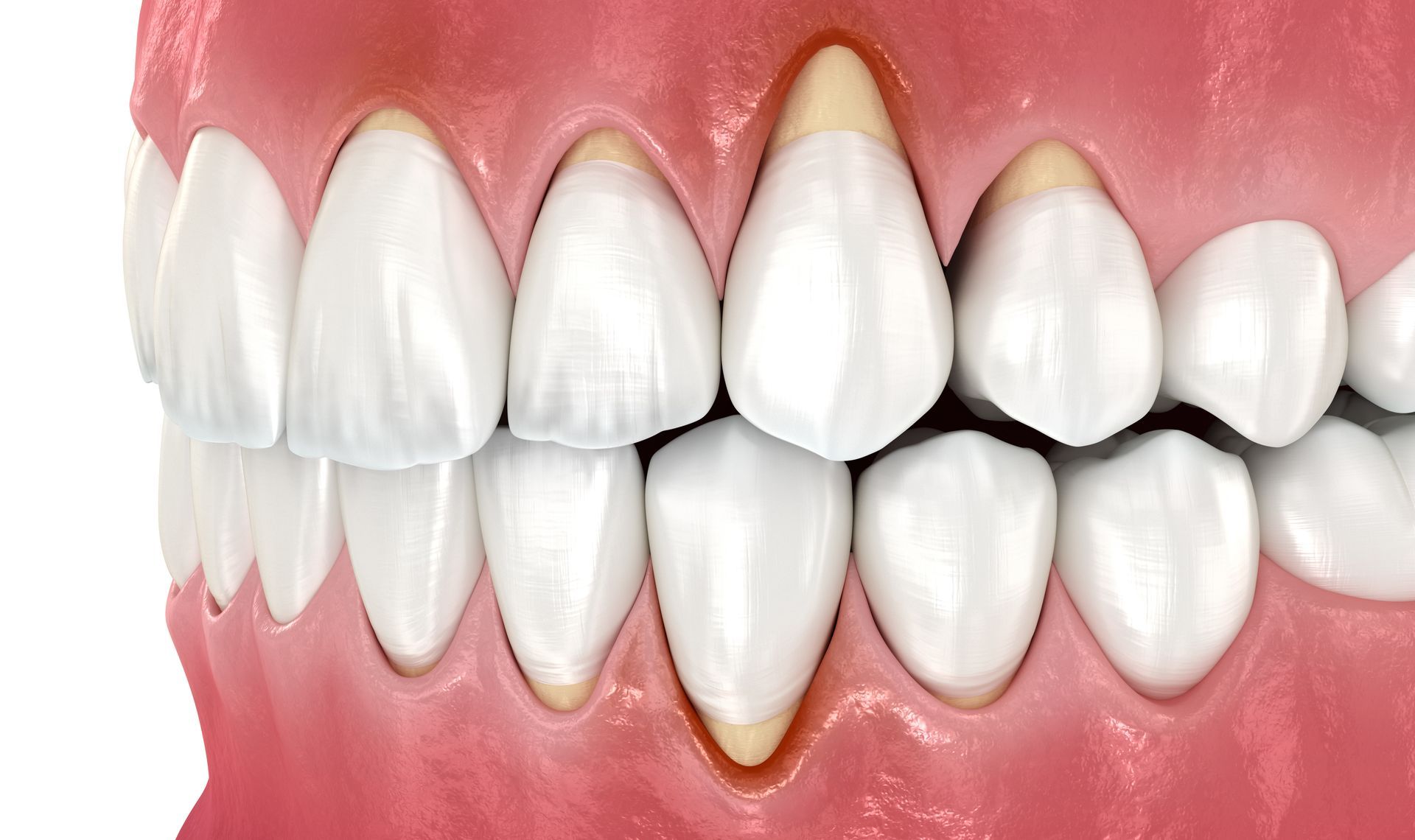What is Bone Grafting for Dental Implants
At Innate Dental Solutions, our implant-focused team provides comprehensive tooth replacement, including pre-implant bone grafting. We use evidence-based protocols, 3D dental X-rays, and collaborate with oral surgeons when needed. Our goal is clear, helpful education with no fluff so you can make confident choices about your oral health.
A dental bone graft is a procedure that adds or restores jawbone so a dental implant has a strong, stable base. It may be needed if bone has thinned or resorbed after tooth loss, gum disease, or injury. Healing usually takes 3–6 months, depending on the type and size of the graft, before implant placement. Below, we explain the details.
Why Bone Grafting Is Sometimes Needed
How Bone Loss Affects Dental Implants
Dental implants need solid bone density for support. When a tooth is missing, the jawbone in that area can shrink (called bone resorption) because it no longer gets stimulation from chewing. If the bone is too thin or soft, the implant may not integrate well. A bone graft restores volume and strength so the implant can succeed.
Common Causes of Jawbone Loss
- Tooth extraction without quick replacement
- Gum disease (periodontitis) damaging bone and gum tissue
- Injury or infection in the jaw
- Sinus expansion in the upper back jaw after tooth loss
- Long-term dentures or missing teeth, which reduce natural bone stimulation
Who Might Need a Bone Graft?
You may be a candidate if your 3D scan shows:
- Not enough bone width or height for an implant
- Poor
bone density where the implant would go
- A low sinus floor in the upper molar area needing a
sinus lift
Your dentist will review your dental X-rays, gum health, and medical history to decide.

What Happens During a Dental Bone Graft
Overview of the Procedure
- Assessment & planning: We take a 3D scan and plan the graft site and material.
- Comfort options: Local anesthesia; sedation may be available.
- Graft placement: The graft material is placed where the bone needs support and covered, often with a barrier membrane.
- Stitches & protection: The area is closed so
graft integration can begin.
- Healing check-ins: Follow-up visits confirm progress and comfort.
Types of Bone Graft Materials
Your provider will choose the best option based on your needs and preferences:
- Autograft: Bone taken from your own body (often the jaw). High integration potential; may require a second surgical site.
- Allograft: Processed human donor bone. Commonly used; no second surgical site.
- Xenograft: Processed animal bone (often bovine). Helps maintain space for bone regeneration.
- Synthetic (alloplast): Biocompatible materials that support
bone regeneration and can be combined with other grafts.
Bottom line: All four options can work well. The “best” choice depends on your anatomy, health, and treatment plan.
Where the Bone Graft Is Placed
- Socket graft (at the time of
tooth extraction) to preserve bone for a future implant
- Ridge augmentation to widen or heighten a thin jaw ridge
- Sinus lift to raise the sinus floor and create bone for implants in the upper back jaw
- Minor localized graft to fill small defects around an implant site
Healing and Recovery After Bone Grafting
What to Expect After the Procedure
- Mild to moderate pain for a few days, managed with recommended pain relief
- Minor swelling and possible bruising that improves over 3–5 days
- Small
gum tissue tenderness near stitches
- Soft foods for several days; avoid hot, spicy, or crunchy foods initially
- Do not smoke or vape these slow
bone graft healing
How Long Does Recovery Take?
Typical healing period ranges 3–6 months, depending on:
- Size and location of the graft
- Type of
graft material used
- Your general health and oral hygiene
Some small grafts heal faster; larger sinus lifts may need the full six months or more before
implant placement.
Tips for a Smooth Healing Process
- Follow all post-op instructions and take medications as directed
- Use cold compresses in the first 24 hours to reduce swelling
- Keep the area clean with gentle rinsing (as advised)
- Eat high-protein, nutrient-dense soft foods to support
bone regeneration
- Keep all follow-up visits so we can monitor
graft integration
Risks and Considerations
Common Side Effects
- Temporary soreness, swelling, minor bleeding
- Stiffness when opening your mouth for a day or two
Potential Complications
- Graft exposure or early loss of graft material
- Infection or delayed healing
- In sinus lift cases, sinus irritation or congestion
Serious complications are uncommon, especially with careful planning and home-care.
How to Reduce Your Risk
- Share your full medical history and medications (especially blood thinners or bisphosphonates)
- Control diabetes and avoid tobacco
- Practice excellent oral hygiene before and after surgery
- Follow diet and activity guidelines during recovery
When Can Dental Implants Be Placed After Bone Grafting?
Healing Timeline Before Implant Placement
Your provider confirms readiness with an exam and imaging. Most patients receive implants after the graft has integrated, typically 3–6 months post-graft. In some cases, small grafts allow for same-day implant placement; your dentist will advise if that’s appropriate.
Factors That Influence Readiness for Implants
- Bone density and volume gain at the site
- The type of graft (autograft, allograft, xenograft,
synthetic bone graft)
- Location (front teeth often require precise bone for esthetics)
- Your healing response and overall health
Final Thoughts on Bone Grafting and Dental Implants
Bone grafting is a proven way to rebuild the jawbone so dental implants can last. It strengthens the foundation, improves function, and supports natural-looking results. With the right plan, most people find the procedure manageable and recovery straightforward.
At Innate Dental Solutions, we focus on clear explanations and conservative choices. We’ll review implant preparation options, explain bone graft procedure steps, and help you decide what fits your timeline and comfort.
Want to know if you need a bone graft?
Schedule a consultation at Innate Dental Solutions. We’ll review your
dental X-rays, discuss
graft material options, and map out a personalized plan.
Have questions about recovery time? Contact our team for guidance on the bone graft recovery time / healing period, pain control, and how soon you can move toward
implant placement.
Ready for next steps? Ask us about socket grafts after tooth extraction, ridge augmentation, or a sinus lift so your implant has the best chance to succeed. For patients considering
full mouth restoration, we also offer comprehensive solutions like All-on-4 implants that may reduce the need for extensive grafting.
